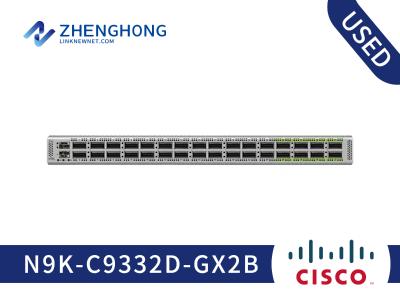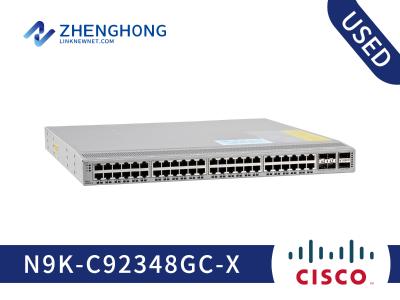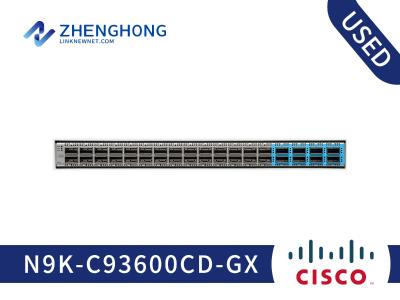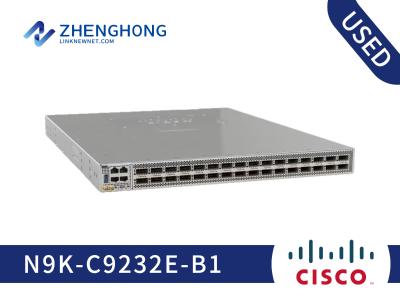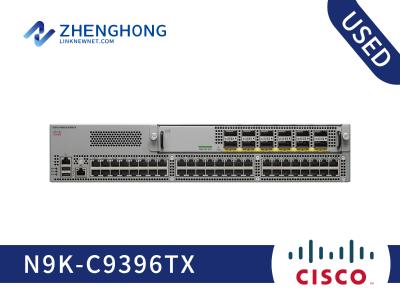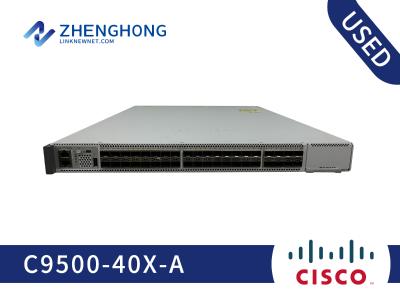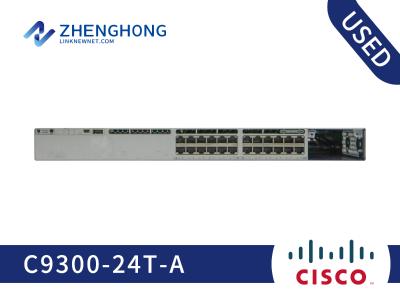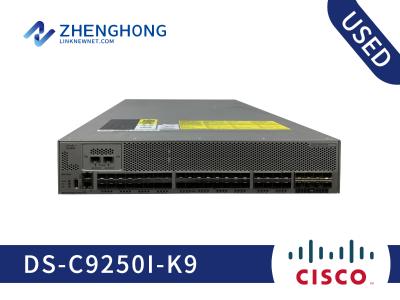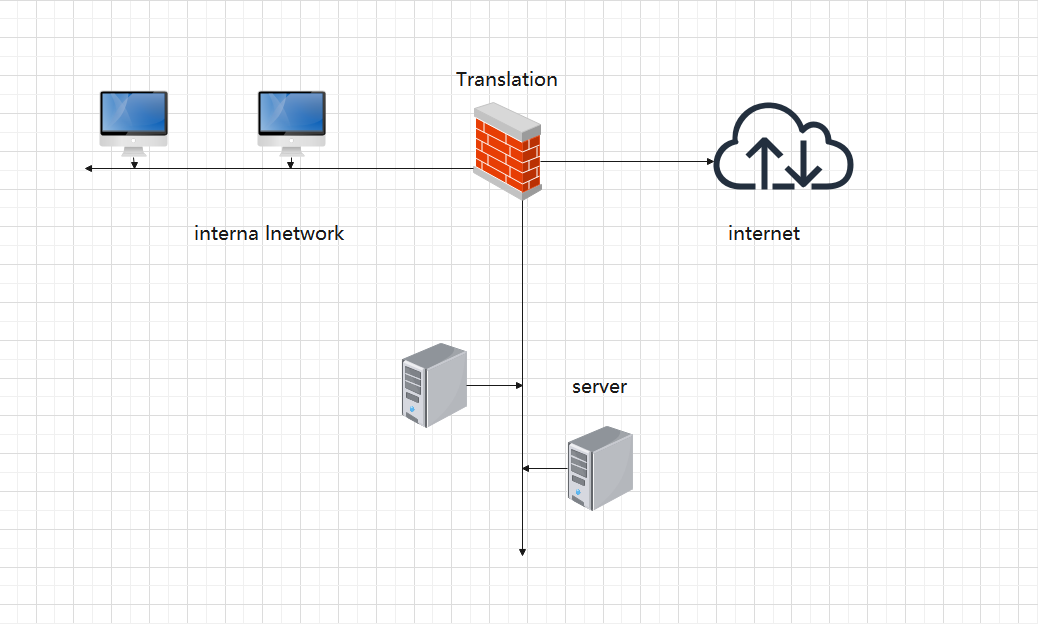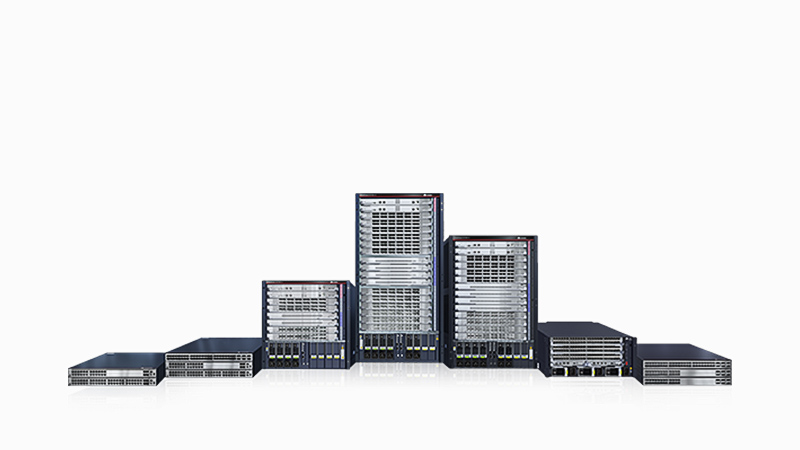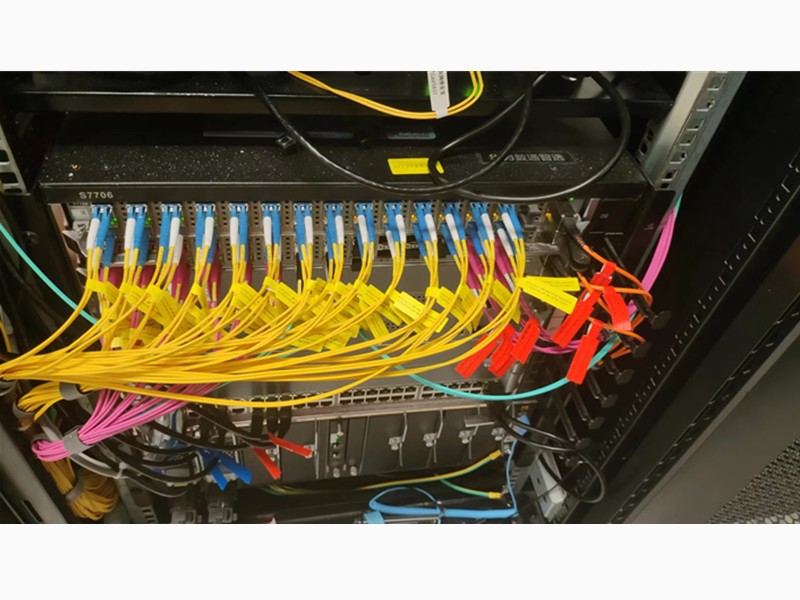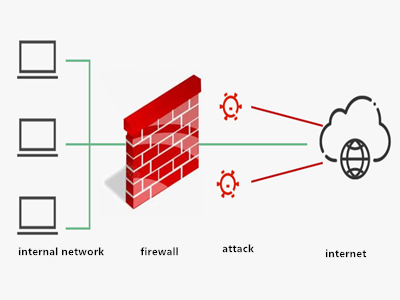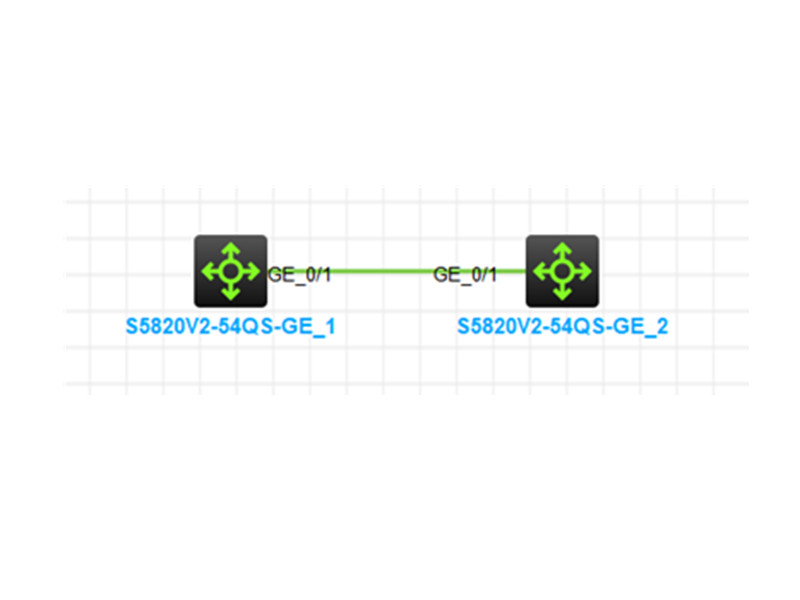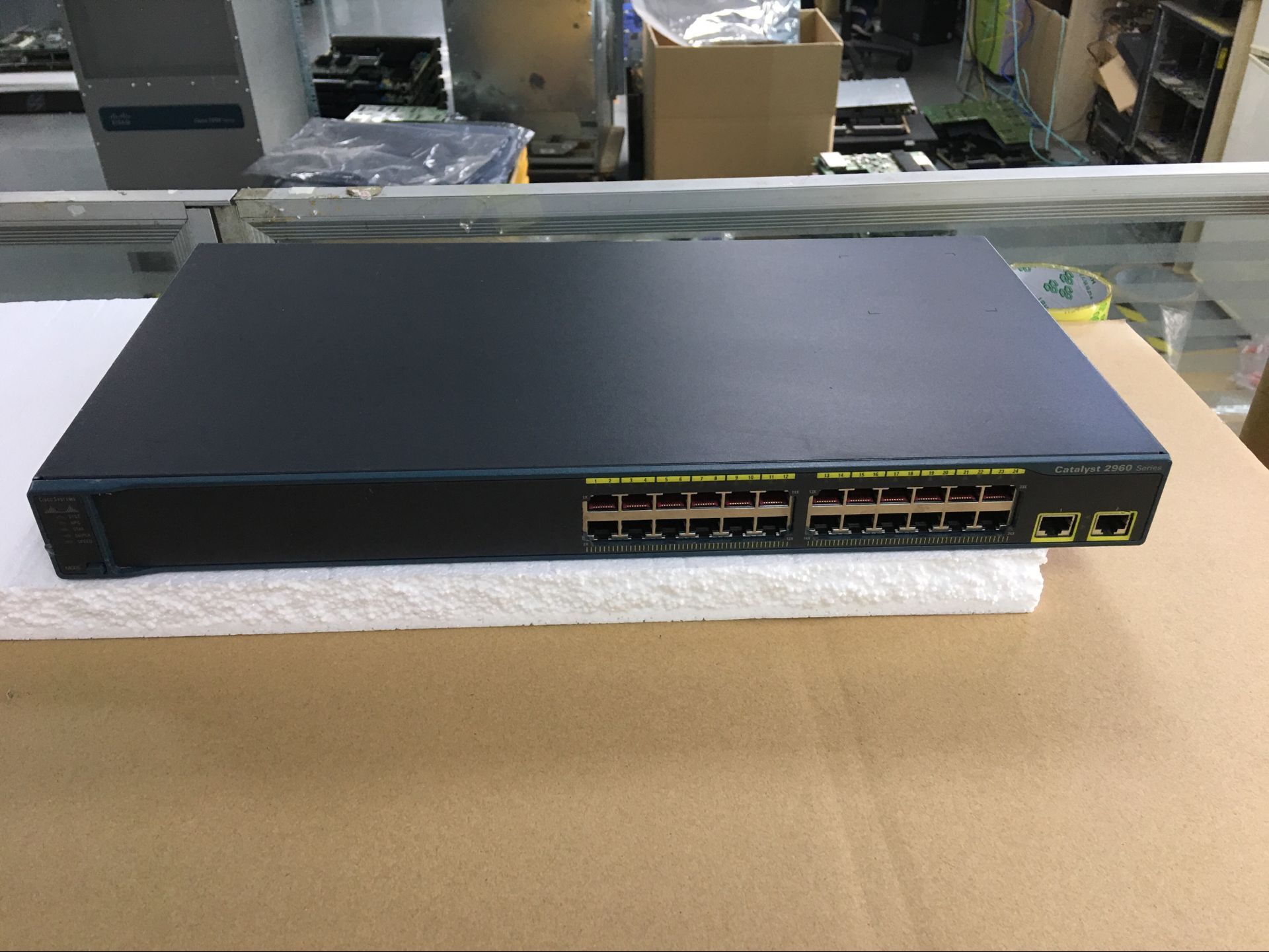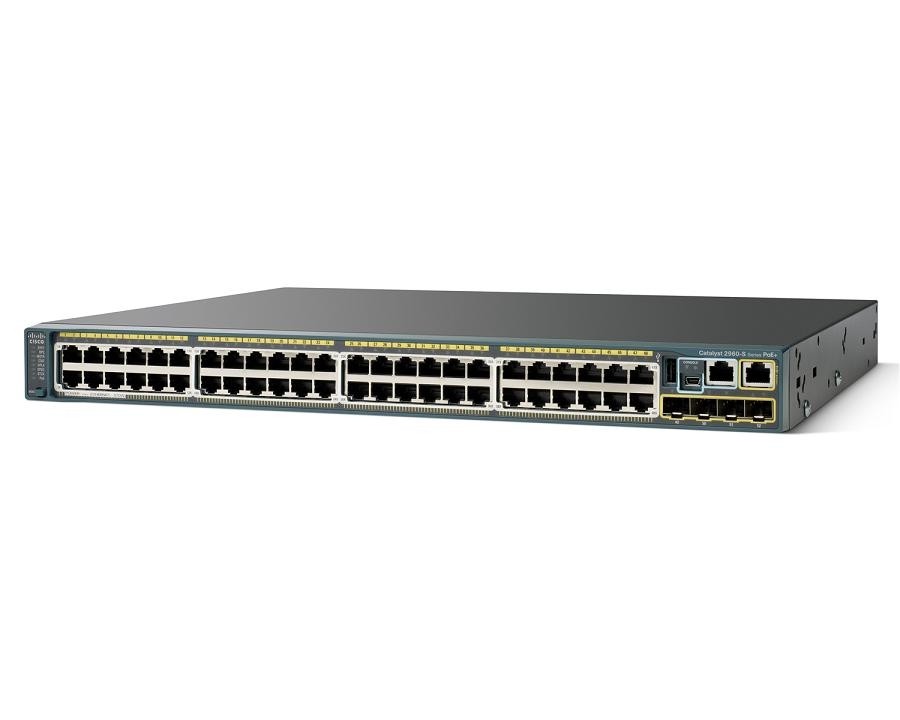In network communication, link aggregation is a technique that bundles multiple physical links together to increase bandwidth, improve reliability and load balancing. In link aggregation, there are two main methods that can be used, i.e. dynamic link aggregation and static link aggregation, so what is the difference between these two methods in terms of implementation, their own characteristics and applicable environments? Let's take a look!
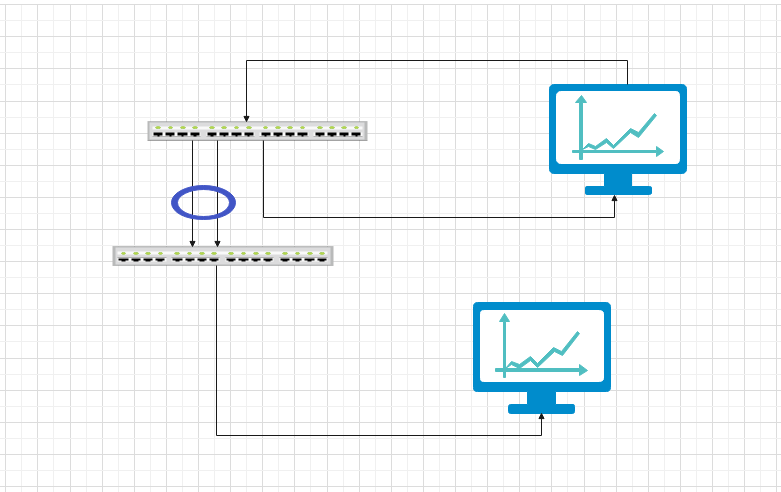
In terms of how it is configured, dynamic link aggregation is automatic and relies on negotiations and protocols between network devices, such as the common LACP (Link Aggregation Control Protocol). Network devices can automatically detect link availability and dynamically adjust the number of aggregated links and bandwidth allocation according to the network load. Static link aggregation, on the other hand, requires the administrator to manually configure the member links and bandwidth allocation for each aggregate composition. It has a relatively fixed configuration and does not automatically adjust according to the network load.
In terms of management, dynamic link aggregation requires the administrator to understand and configure the protocol parameters, as well as monitor and maintain the protocol, and the network devices will negotiate with each other to automatically adjust the state of link aggregation. For static link aggregation, the network administrator only needs to manually configure the member links and bandwidth allocation of the aggregation group, without complex negotiation and monitoring process.
In terms of adaptability to network changes, dynamic link aggregation is more adaptable to network changes, can adjust the number of aggregated links and bandwidth allocation in real time according to the network conditions and load, and can better cope with the fluctuation of network load and link failure. On the other hand, static link aggregation is less adaptive to network changes and does not automatically adjust according to network changes, requiring administrators to manually adjust and update.
In general, dynamic link aggregation and static link aggregation have their own characteristics and applicable environments. Dynamic link aggregation is suitable for complex network environments with high requirements for network performance and reliability and the need to dynamically adapt to network changes; while static link aggregation is suitable for environments with relatively simple network structure and high stability requirements. Network administrators should weigh and choose the link aggregation method according to the actual situation and needs to achieve the best network performance and reliability.
So, should you choose dynamic link aggregation or static link aggregation for enterprise use? It depends on the specific needs of the network, its complexity, and the skill level of the enterprise administrator. The following is the net degree of communication engineers for you to organize the choice of the two recommendations, the need for friends to collect spare.
Situations in which static link aggregation is a suitable choice:
Relatively simple network structure: Static link aggregation is a simple and effective option when the topology of the network is relatively simple and does not change frequently. For example, a small business network or a home network may have a small number of physical links that can be manually configured by the administrator to improve bandwidth and reliability.
Low demand for network changes: If the load situation of the network is relatively stable and there is no need to frequently adjust the link bandwidth allocation, static link aggregation can meet the demand. For example, certain fixed-configuration application scenarios or environments with relatively stable network traffic patterns.
Limited manager skill level: Static link aggregation is relatively simple to configure and does not require complex protocols and monitoring, making it suitable for situations where the manager's skill level is limited.
Suitable for situations where dynamic link aggregation is an option:
Need to dynamically adapt to network changes: In complex network environments such as large enterprise networks or cloud service providers, the network topology may change frequently and the load situation may fluctuate greatly. At this time, dynamic link aggregation can adjust link bandwidth allocation in real time according to network changes, improving network flexibility and reliability.
Higher requirements for network performance and load balancing: Dynamic link aggregation can automatically adjust the link bandwidth allocation according to the network load situation to better realize load balancing and improve network performance.
Complex network environments: In environments that require complex network topologies and cooperative work between multiple network devices, dynamic link aggregation can better adapt to the complexity of the network.
In summary, the choice of static or dynamic link aggregation depends on the specific needs and complexity of the network and the skill level of the managers. In practical applications, it is necessary to carefully evaluate the network and make the appropriate choice based on actual needs. If the enterprise does not have professional technicians, it can also choose a professional third-party maintenance organization, such as NetDirect Communications. By choosing a professional third-party maintenance organization, the enterprise can focus on its main business, thus improving economic growth and realizing cost reduction and efficiency.

